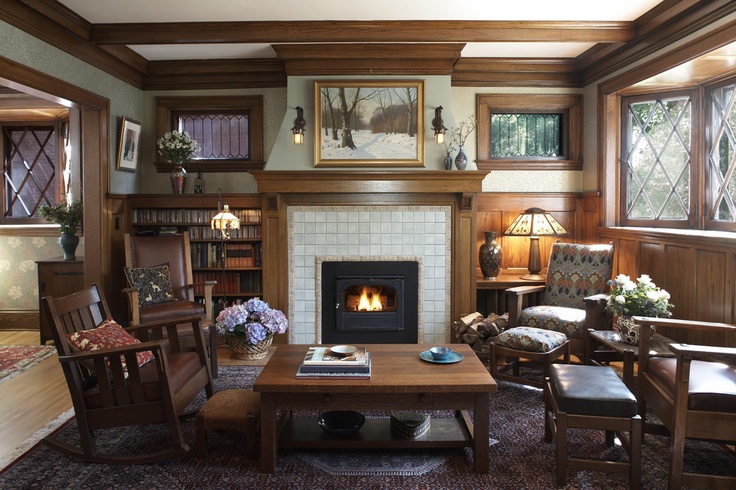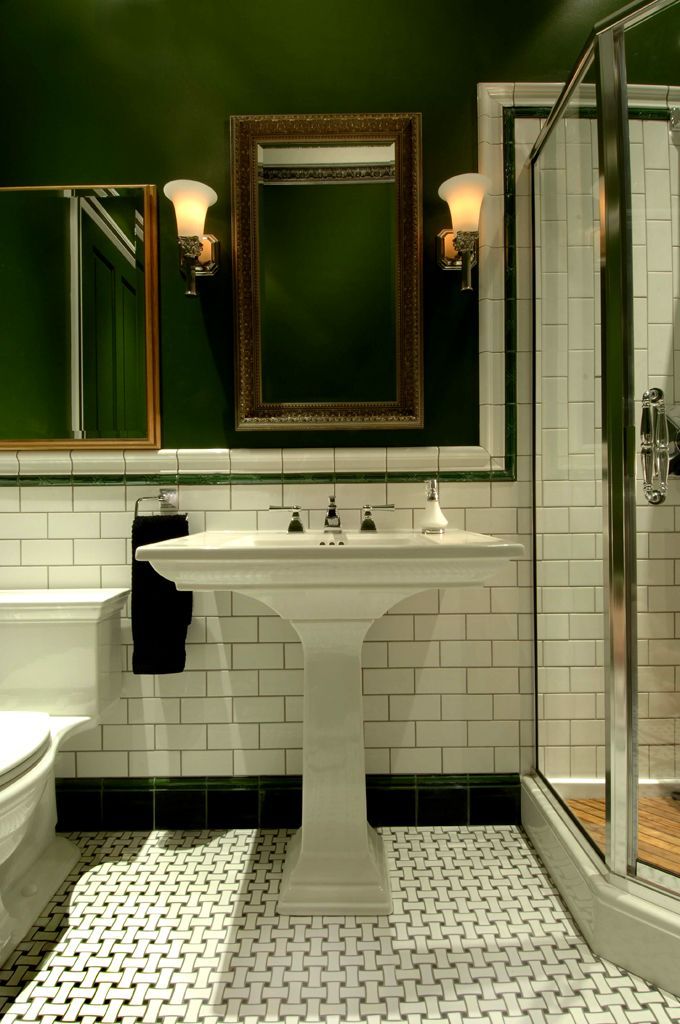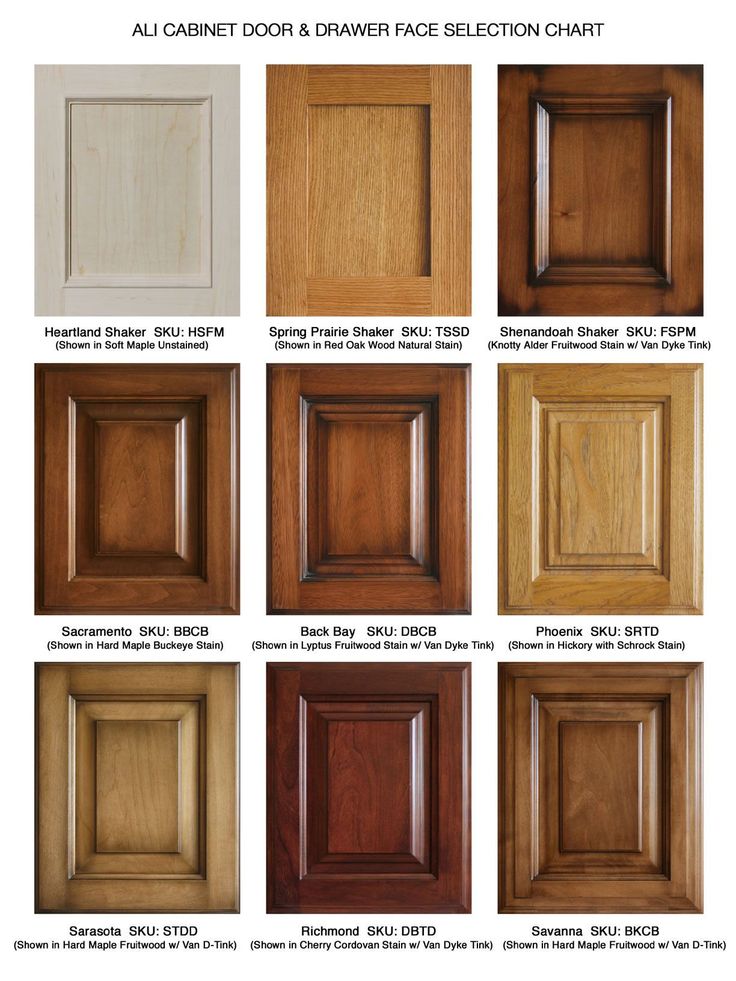Arts craft style homes
What Is an Arts and Crafts Style House?
Arts and Crafts doesn’t refer to one particular house style, but to an entire architectural movement that initially emerged in Great Britain during the second half of the 19th century. This movement was a direct response to the Industrial Revolution which radically transformed, with architects and artists pushing back against cold “futuristic” designs, and rejecting inferior mass-produced goods and materials in favor of traditional artisan-crafted ones.
Unlike typical British Victorian architecture, which focused on extravagant architecture and ornate details, the Arts and Crafts movement celebrated the beauty of the natural world, and was meant to harken back to a preindustrial world of simplicity. This creative ethos was applied to many creative pursuits besides architecture, including landscape design, furniture, and interior styling,
Here's what you should know about how this style came to be, its key characteristics, and what to expect in Arts and Crafts-influenced homes.
The earliest homes of the Arts and Crafts movement were designed to evoke centuries-old dwellings, using building materials with roots in the natural world: Wood, stucco, stone, and rustic brick are the most common materials used for siding.
Inside, the layout of Arts and Crafts homes are designed for function above all else: featuring plenty of open space, and plenty of large windows to allow for sunlight. Arts and Crafts houses don’t limit the use of exposed natural elements to the exterior; inside, you’ll find accents of handcrafted stone or wood, and use built-in architectural features like shelves, seating, and cabinetry to bring the outdoors inside.
On the first floor, an Arts and Crafts-style home will have an open living room that connects to a dining or multi-use space, with a small kitchen toward the rear of the house. In contrast to the well-defined spaces and boxy rooms of Victorian homes, Arts and Crafts homes utilized open floor plans emphasizing practical design that not only allows their owners to easily move about, but also to keep it well-lit and climate-controlled.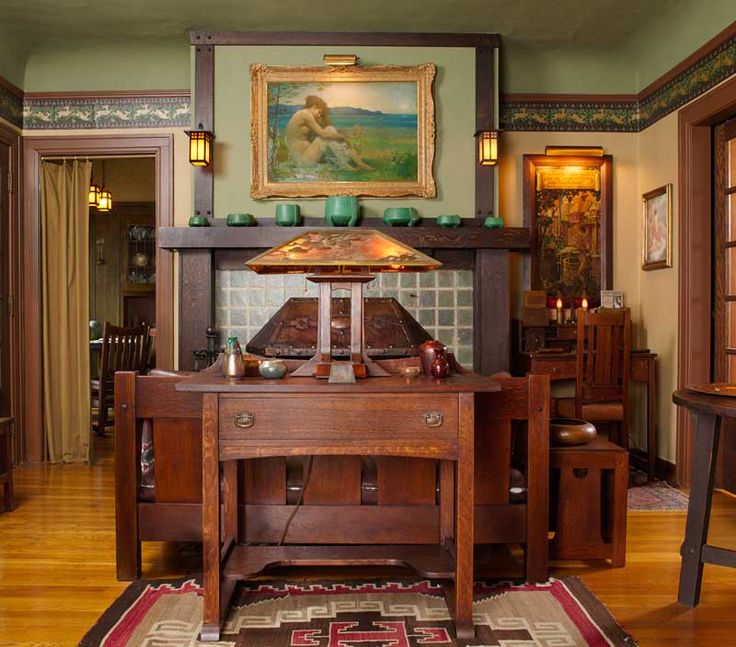 The main living area will feature a fireplace, and if the home has a second story, there will likely be another fireplace in the largest bedroom. Ceilings were kept low to help conserve heat, which adds to the snug, cozy feel of these houses.
The main living area will feature a fireplace, and if the home has a second story, there will likely be another fireplace in the largest bedroom. Ceilings were kept low to help conserve heat, which adds to the snug, cozy feel of these houses.
Here are the common features of Arts and Crafts-style homes.
Exterior:
Interior:
Though the Arts and Crafts Movement began in mid-19th century Britain, its embrace of the handcrafted aesthetics of a pre-industrial world didn’t make its way to the United States until the turn of the 20th century, thanks to a magazine called The Craftsman. In that era, many houses across the country were built using residential blueprints found in magazines; The Craftsman’s simple plans were created by famed Arts and Crafts furniture designer Gustav Stickley, whose simple designs stood in stark contrast to the ornate Victorian styles that were resoundingly popular at the time.
American Arts and Crafts architecture encompasses a number of styles popularized in various issues of Craftsman magazine. If you're a fan of this architecture, you're in luck—because of the wide dissemination of the magazine, these homes were popular from the East Coast to California. These are the most popular styles:
If you're a fan of this architecture, you're in luck—because of the wide dissemination of the magazine, these homes were popular from the East Coast to California. These are the most popular styles:
Craftsman
Joe Shmelzer / Getty Images
Craftsman-style homes are the most quintessentially American-style of the Arts and Crafts movement, and are characterized by wide, low layouts, gabled roofs, open floor plans, wood framing, and front porches that feature support columns and exposed rafters.
Bungalow
Julian Porcino
American bungalow-style homes were designed to be easy to build, which made them affordable for early-20th century working families. A bungalow is a small house that, traditionally, is only one story high, though today it’s common to find ones whose attic space has been converted into a second-story bedroom. Bungalows are raised from the sidewalk with a short flight of steps and feature small verandas, overhanging eaves, and dormer windows.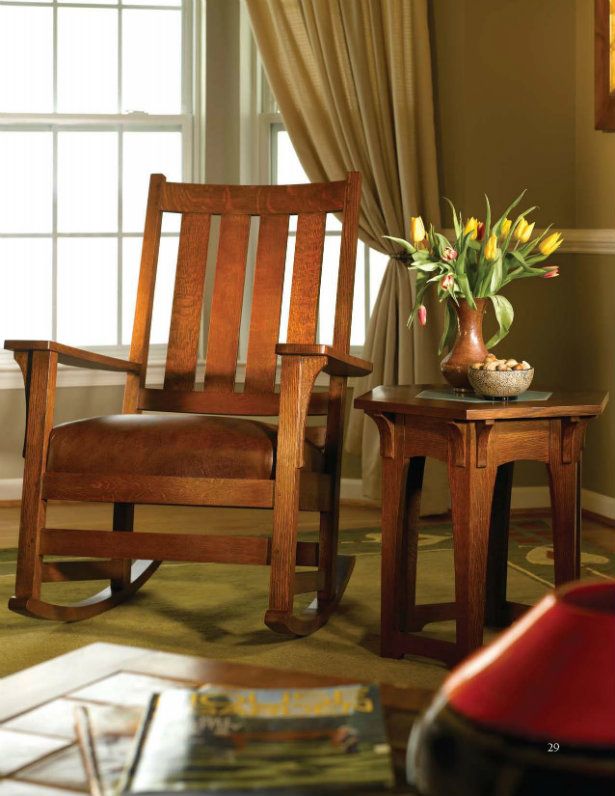 Inside, bungalows use their small space efficiently, with tight, compact closets, built-in cabinets, and shelving.
Inside, bungalows use their small space efficiently, with tight, compact closets, built-in cabinets, and shelving.
Tudor
Jeff Vinnick / Stringer
Originating in Great Britain and popular among the monied classes, Tudor houses — which are sometimes known as Tudor Revival, Mock Tudor, or Jacobean style— are large, multi-story houses made of brick with large sections of half-timbered white stucco siding, giving them a medieval appearance. Tudors have steeply-pitched gabled roofs with decorative chimney pots, narrow, multi-paned windows, and wooden front doors. Inside, Tudor-style homes feature plaster walls, arched doorways, beamed ceilings, and wood details.
A Moody Makeover Totally Transformed This Seattle Tudor-Style Home
What Is an Arts and Crafts Home?
By
Ashley Knierim
Ashley Knierim
Ashley Knierim is a home decor expert and product reviewer of home products for The Spruce.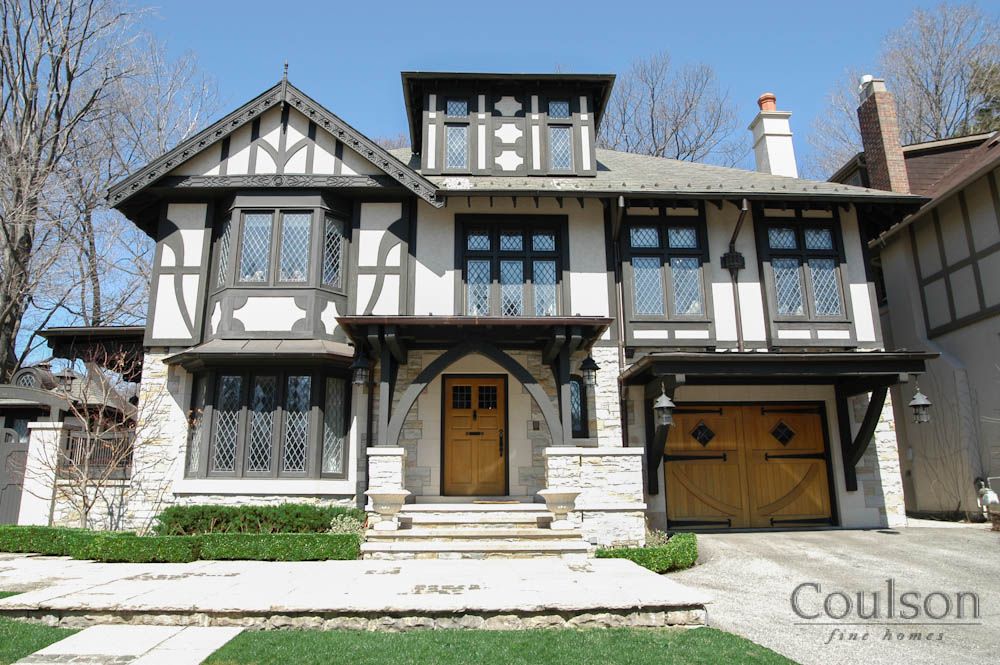 Her design education began at a young age. She has over 10 years of writing and editing experience, formerly holding editorial positions at Time and AOL.
Her design education began at a young age. She has over 10 years of writing and editing experience, formerly holding editorial positions at Time and AOL.
Learn more about The Spruce's Editorial Process
Updated on 02/02/22
Fact checked by
Sarah Scott
Fact checked by Sarah Scott
Sarah Scott is a fact-checker and researcher who has worked in the custom home building industry in sales, marketing, and design.
Learn more about The Spruce's Editorial Process
Arts and Crafts-style homes may be one of the most complex styles of architecture. While there are many key features of an Arts and Crafts home, the style draws similarities from several other architectural aesthetics, making it a little more difficult to pick it out. In older homes. you'll find that Arts and Crafts isn't exactly a single style, but rather a specific approach to many different types of architecture.
The History of Arts and Crafts Homes
As a reaction to the manufactured and ornate styles of the Victorian age, Arts and Crafts-style homes embraced handcrafted design and approachable materials.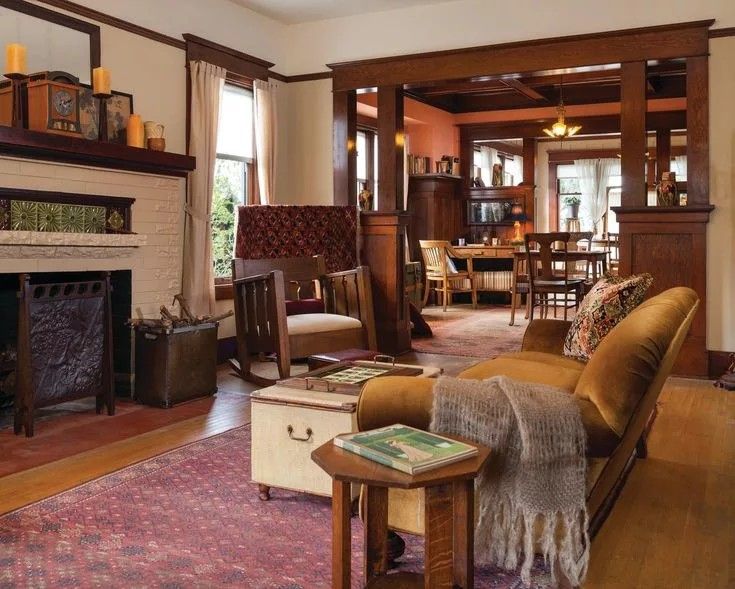 The style originated in England in the mid-19th century and came to America around the beginning of the 20th century. The term "Arts and Crafts" refers to a broader social movement that encompasses not just architecture, but also interior design, textiles, fine art, and more.
The style originated in England in the mid-19th century and came to America around the beginning of the 20th century. The term "Arts and Crafts" refers to a broader social movement that encompasses not just architecture, but also interior design, textiles, fine art, and more.
The design movement began as a revolt against the opulence of the Industrial Revolution, where design could be needlessly overdone. Arts and Crafts instead focused on the opposite–instead of mass-produced and uninspired, the movement was all about being handcrafted and personal. The idea was that if quality could replace quantity, good design and good taste would prevail.
The Arts and Crafts movement was directly tied to the rise of Craftsman and Bungalow-style homes, architecture that played off of the same mentality of simple but thoughtful structures. Bungalows were intended to give working-class families the ability to own a well-designed home that was easy to maintain and manage.
bungalowsandcottages / Instagram
What Defines an Arts and Crafts Home?
An Arts and Crafts-style home can be symmetrical or asymmetrical in its facade and is typically low to the ground.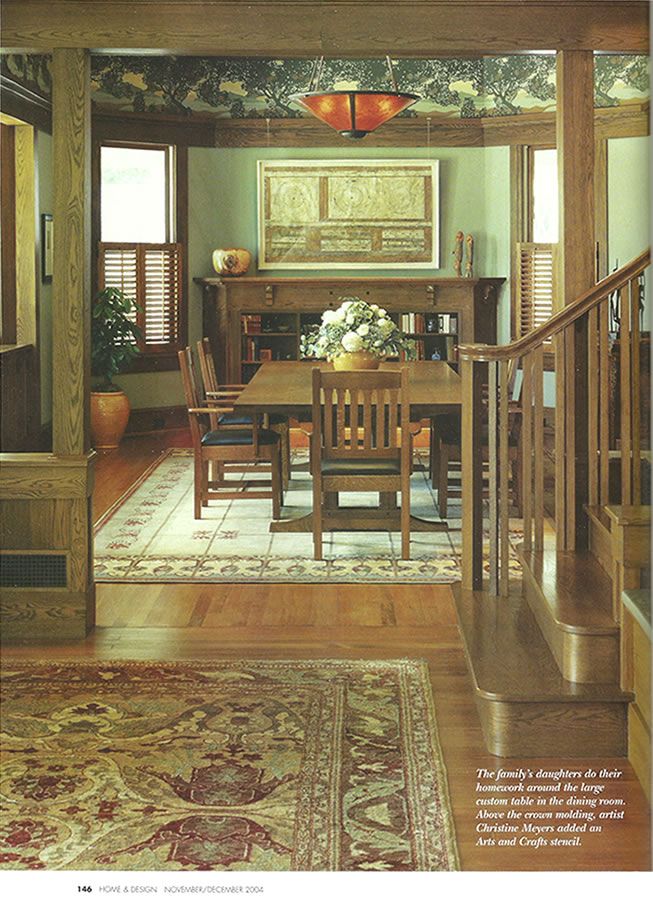 They are designed to use space efficiently and economically, and by nature require little upkeep if planned well. They often feature multiple chimneys and a very prominent "sheltering roof." Windows are plentiful, but often made up of small panes.
They are designed to use space efficiently and economically, and by nature require little upkeep if planned well. They often feature multiple chimneys and a very prominent "sheltering roof." Windows are plentiful, but often made up of small panes.
There are many types of architecture within the Arts and Crafts style, including Craftsman and Bungalows.
Key Elements
When looking at an Arts and Crafts home, you will find a few key elements that transcend across styles.
Roof: The roof of an Arts and Crafts home is typically low pitched, with wide, unenclosed eave overhangs.
Exposed beams: The rafters on the roof and the beams inside the home are often exposed in an Arts and Crafts home.
Built-ins: One key element of this design style is the rise of built-in furniture. The movement brought a wave of built-in bookshelves, window seats, and cabinets that felt custom to the house and perfectly suited to the design.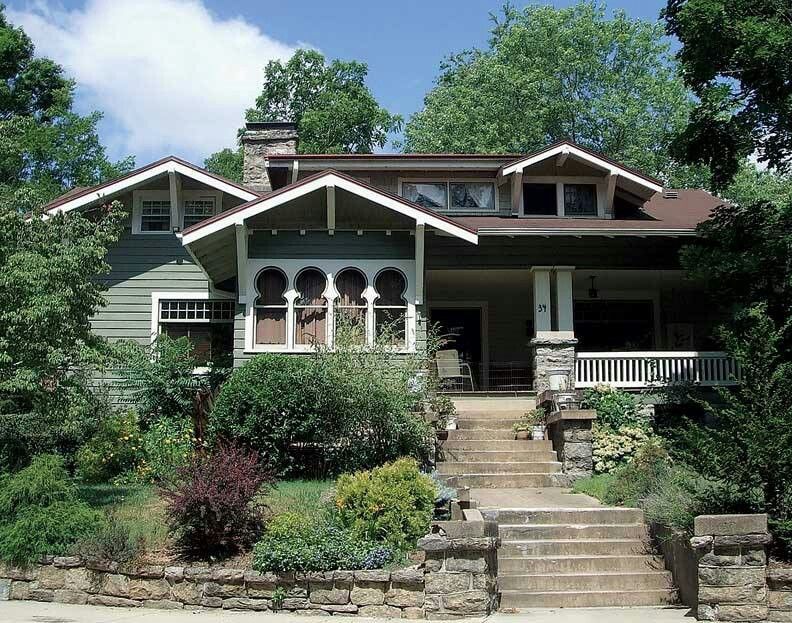
Windows: The home's windows are typically made up of smaller panes and set in multiple assemblies.
Fireplace: An Arts and Crafts home often had a very large fireplace that centered the open living space and acted as a focal point for the room.
Prominent Porches: It's rare to find an Arts and Crafts-style home without an obvious porch equipped with prominent columns. The porch is typically limited to the front door area, but sometimes will wrap around the house.
Floor Plan: The homes of the Arts and Crafts movement featured wide-open floor plans, a stark contrast to the boxy, segmented rooms of the Victorian-style homes that came before.
Common Materials
Again, in an effort to reject the design periods that came before, Arts and Crafts homes were made from natural elements. The use of local materials was encouraged, and you will often see the use of real stone, brick, and wood throughout the home.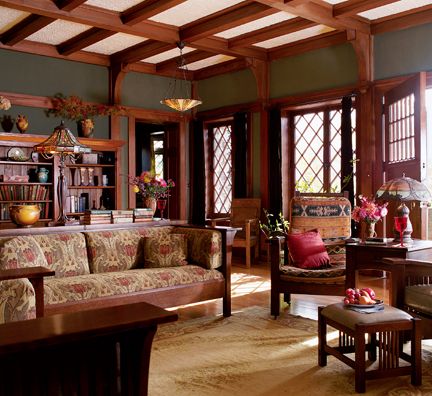
You'll also find fine handiwork features throughout the home, such as hammered metalwork and the use of authentic copper and bronze. Designers and craftsmen took pride in their work, and so an Arts and Crafts home will often feel well-made and thoughtful.
Interesting Facts
The Arts and Crafts-style home is one that inspired and directly led to many of the houses you'll spot across America today. Because the design is that of handcrafted simplicity, these homes rarely go out of style, even as design trends change throughout the years.
Though Arts and Crafts design became less popular after World War I, the ideals behind the movement (well-made, handcrafted design) remained important throughout history. You'll still find examples of Arts and Crafts-style homes and the cozy Bungalow or the Craftsman home.
Folk crafts of Russia: artistic painting
04.11.2021
Folk crafts of Russia - our history and culture.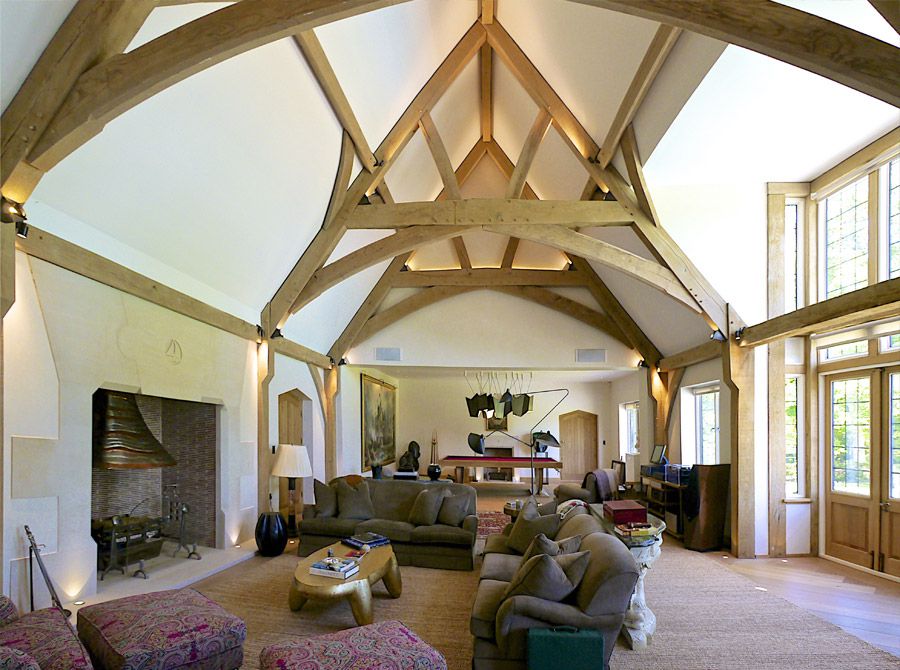 This is an art that covers many areas: everyday life, folklore, music, dances. One of the large-scale areas in folk crafts is artistic painting. This type of art differs by regional affiliation or style. We will tell you about the main popular areas of artistic painting of Russian folk crafts. You can find and buy products made in these techniques on our website. Welcome to the world of Russian art!
This is an art that covers many areas: everyday life, folklore, music, dances. One of the large-scale areas in folk crafts is artistic painting. This type of art differs by regional affiliation or style. We will tell you about the main popular areas of artistic painting of Russian folk crafts. You can find and buy products made in these techniques on our website. Welcome to the world of Russian art!
- A bit about artistic painting
- Gzhel painting
- Khokhloma painting
- Zhostovo painting
- Semikarakorsk painting
- Gorodets painting
- Majolica
- Crafts of the peoples of the North:
- Old Borok
- Boretsk painting
- Mezen painting
- Puchuzh painting
- Rakul painting
A bit about artistic painting
Initially, special masters were engaged in artistic painting. Such items were rare and luxurious. Later, artistic painting began to spread and acquire a large scale of production. Painted products could already be found in every home in the form of cutting boards, rolling pins and plates. These are products that are made by Russian craftsmen by hand in the traditions of folk crafts. Each item is unique and inimitable, has its own character, creative energy and history. Such goods will be an unusual gift for any occasion and a beautiful addition to the interior.
Painted products could already be found in every home in the form of cutting boards, rolling pins and plates. These are products that are made by Russian craftsmen by hand in the traditions of folk crafts. Each item is unique and inimitable, has its own character, creative energy and history. Such goods will be an unusual gift for any occasion and a beautiful addition to the interior.
Folk arts and crafts - crafts that were based on the manufacture of products from various materials (clay, wood, metal) and decorating them with hand-painted.
Any trade originates from domestic or rural craft, in which craftsmen created essential items - dishes, spinning wheels, chests, etc.
Crafts improved with the invention of tools, the search for new materials and the development of science and technology. Now you can find handicrafts of extraordinary beauty in color, shape and quality. But the only thing that remains unchanged is the process of creation - products are still painted by hand using paints and brushes.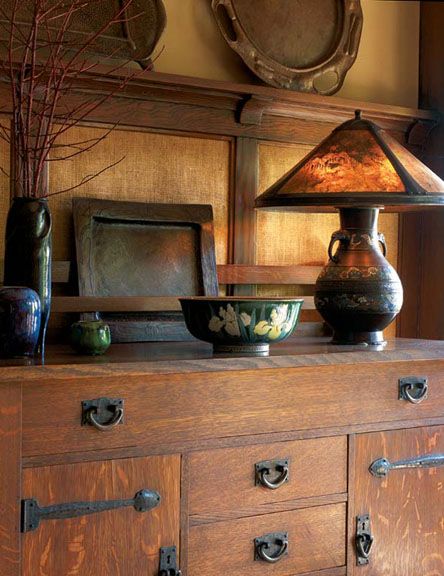
Gzhel painting
Gzhel is one of the most famous and beloved types of Russian folk painting on porcelain. Porcelain is a type of ceramic made from a mixture of clay, quartz and kaolin. This material is quite stable, does not pass gas and water.
Products are made in several stages:
- First, craftsmen pour objects from a high-quality mixture and fire them.
- Next, painting is carried out. The drawing is done with one paint (cobalt), which after processing becomes blue. The substance is diluted with water, patterns are applied with strokes, lines, and plant motifs appear in the ornament. The pattern is displayed on the surface accurately and quickly.
- The last step is glazing and control firing to preserve the design and make the product durable.
Initially, Gzhel was multicolored, but in the 19th century blue and white became the main shades. However, colored products in the Gzhel technique are still found.
The painting in the Gzhel style is very memorable, these folk art items will become practical gifts and decorate the interior! You can find Gzhel dishes in a special section.
See Gzhel painting
Khokhloma painting
Khokhloma is perhaps the most famous type of Russian folk painting on wood. Products with Khokhloma painting appeared after the liberation from the Tatar-Mongol yoke. The inhabitants of the Khokhloma village and nearby villages were fed by this trade. Later, wooden products with red curls thundered all over the world, were loved in Paris, India and Central Asia.
Wooden products with Khokhloma painting are relevant to this day.
They are made of wood and painted by craftsmen by hand. Primary colors: red, black and gold. But Khokhloma gold is only an appearance. In fact, the wood is covered with silver tin, which, after firing in the oven and coating with linseed oil, acquires an expensive golden hue. A dark background enhances contrast.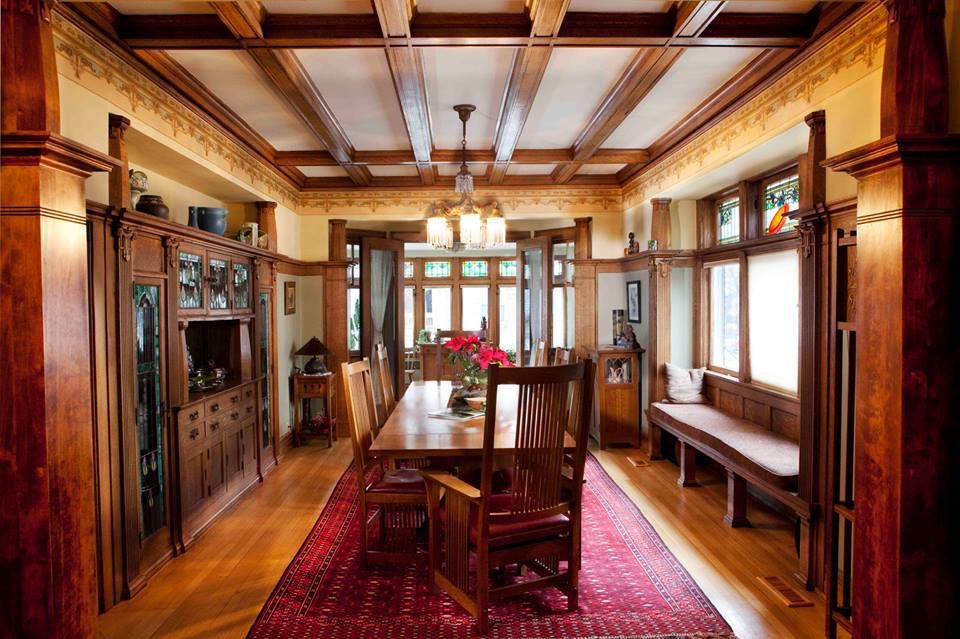
Characteristic elements of Khokhloma painting are rowan, viburnum and strawberry berries, as well as birds and animals.
You will find these and other products with Khokhloma painting in a special section.
See Khokhloma painting
Zhostovo painting
Zhostovo painting is an artistic technique of drawing on metal trays. The painting style is floral. Four types of compositions are taken as a basis: a collected bouquet, a scattered bouquet, a wreath and a garland.
The craft originated at the beginning of the 19th century, in the village of Zhostovo, Moscow Region, as a prototype of the modified Tagil painting. Initially, papier-mache figures were decorated with this style, but with the development of metallurgy, the craftsmen switched to painting iron trays.
The trays themselves are made from sheet metal in round, rectangular, octagonal and oval shapes. The first stages of production are priming, puttying, grinding and varnishing the future product.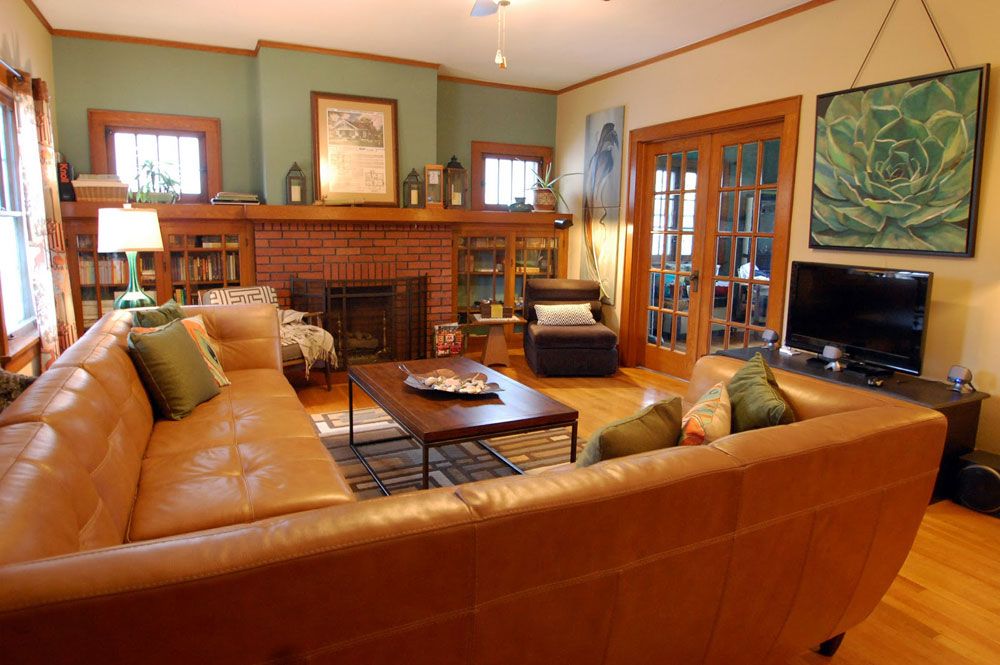 After that, the workpiece goes to the painter.
After that, the workpiece goes to the painter.
When painting Zhostovo trays, oil paints on turpentine are used, they are applied with soft squirrel brushes. A multi-layered image is created in several stages: underpainting, shade, glare, and the design of the drawing and planting of seeds are completed.
Here you will find trays of different shapes and colors, they can be purchased online and on order.
View Zhostovo painting
Semikarakorskaya painting
Semikarakorskaya painting is a smear underglaze art technique that uses gilding and metallization on ceramics, namely faience. This is a relatively new type of Russian folk art, which originated in 1972. However, for its beauty and floral conciseness, Semikarakorsky faience managed to fall in love with the people and collectors.
Earthenware products are distinguished by their environmental friendliness, durability, resistance to high temperatures, water and acids.
This craft is called the multicolor of the Don Cossacks, as it absorbed the uncompromisingness and spirit of freedom of this people, the riot of colors and the picturesque traditions of the land.
The main motif of the painting is bright floral ornaments with an emphasis on a large flower. They also draw everyday scenes in the style of popular prints from Cossack folklore.
See the special section for author's products made in the technique of Semikarakorsk painting.
See Semikarakorsk painting
Gorodets painting
Gorodets painting is an artistic painting and wood carving that originated in the middle of the 19th century in the Nizhny Novgorod province. Initially, the craft consisted in the manufacture of carved spinning wheels. The product was cut from one type of wood with recesses, and figures were cut out from another type, which were inserted into the recesses of the spinning wheel. So did different ornaments and drawings.
Later, carved paintings were painted with different colors, combining brightness with a touch of wood. Fully painted items were at first festive. But a little later they began to be used on a daily basis.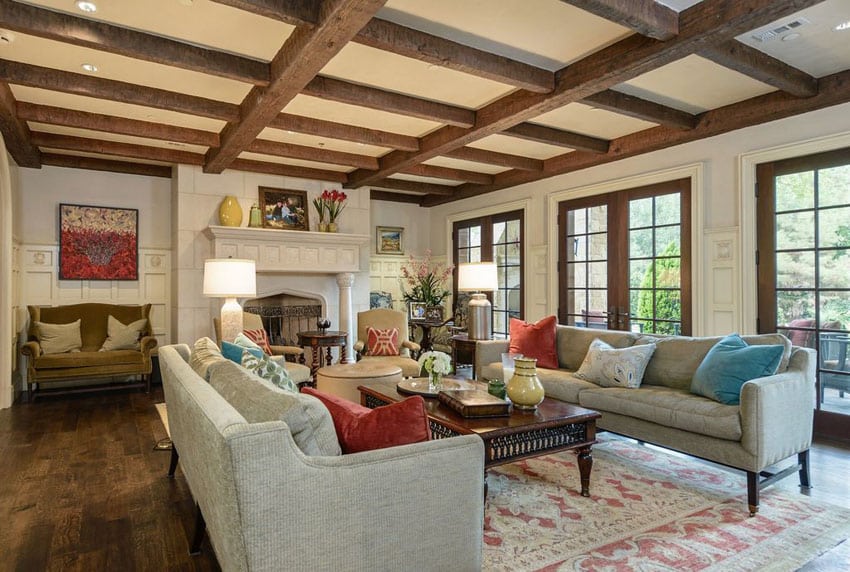 Over time, the craftsmen practically abandoned carving - so the production technique became simpler and faster. Drawings began to decorate chests, furniture, sleighs, interior items and toys. The painting had a certain plot: the masters depicted animals, flowers, everyday and festive scenes. One of the most popular today are the images of a black horse and a bird.
Over time, the craftsmen practically abandoned carving - so the production technique became simpler and faster. Drawings began to decorate chests, furniture, sleighs, interior items and toys. The painting had a certain plot: the masters depicted animals, flowers, everyday and festive scenes. One of the most popular today are the images of a black horse and a bird.
This type of fishing is still popular today. Russian masters continue to amaze with original souvenirs.
See Gorodets painting
Majolica
Majolica is a special ancient technique for making and painting ceramics. The craft takes its origin from the traditional crafts of the countries of the Ancient East. Later, the production technique penetrated into Europe. The Spaniards were the first to produce ceramic products in this style - they made clay tiles for building houses. And in the 19th century, craftsmen from Florence began to cover products made of porous clay with glaze. Having mastered and fell in love with this craft, Spain began to sell goods abroad. The products were called "majolica" - in honor of the island of Mallorca, through which goods were sent to other countries.
The products were called "majolica" - in honor of the island of Mallorca, through which goods were sent to other countries.
Majolica came to Russia during the reign of Peter I and immediately fell in love with our people. In the 18th century, the first factory for the production of ceramic products using the majolica technique appeared in Russia. Crockery was in great demand. Such products became popular throughout the country, our artists and collectors loved them. Russian craftsmen skillfully mastered this craft, and now majolica is definitely one of the Russian folk crafts.
For the production of such products, whole red clay is taken, which is easy to melt. Currently, some manufacturers add synthetic substances to increase the strength of the product. Ceramics is made in several stages. First, a mold is made and fixed by firing in a kiln. After the product is painted, covered with glaze and the pattern is fixed by repeated firing.
View majolica
Crafts of the peoples of the North
Crafts of the peoples of the North - types of artistic painting on wood, connected by the territory of origin and the motifs used.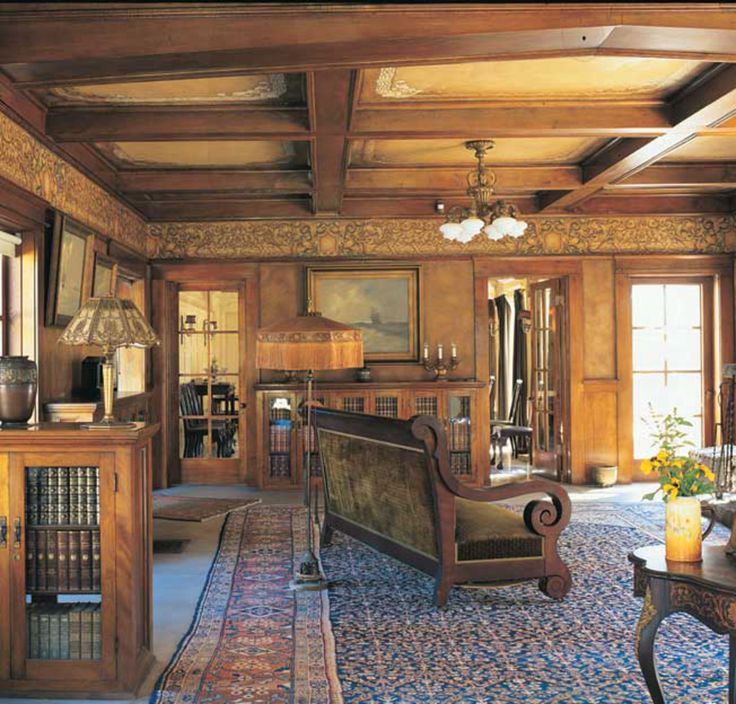 These types of painting were partly borrowed from each other and appeared at approximately the same time. However, each technique has distinctive features and characteristics. Let's talk a little about them.
These types of painting were partly borrowed from each other and appeared at approximately the same time. However, each technique has distinctive features and characteristics. Let's talk a little about them.
Old Borok
Old Borok is one of the most ancient types of painting in the Russian North. The existence of the village, where the craft originated, was known as early as the 15th century.
The difference between Old Borok and other types of northern painting lies in the monotonous plot and three-tiered pattern, when the coating is applied in several layers. Most often, this technique depicts fabulous red birds with green wings. And on large compositions, the central place is occupied by a tree made in the same colors.
See Old Borok painting
Boretskaya painting
Boretsky painting is a North Russian painting on wood, which originated in ancient Novgorod and is named after the boyar family.
Primary colors are red, green, yellow and bare wood. Elements are outlined in black.
Elements are outlined in black.
Previously, wrestling painting was performed in an icon-painting manner. Now characteristic ornaments are flowers and geometric shapes: rhombuses, triangles, small circles and drops.
See wrestling painting
Mezen painting
Mezen, or palashchelskaya, painting is a craft that originated in the second half of the 19th century. The name comes from the village of Palashchelye, which is located on the right bank of the Mezen River. Masters decorate wooden household utensils with this painting.
A distinctive feature of the painting is the plot scenes of a hunt or a duel. Traditionally, 2 paints are used: red, obtained from clay, and black, from soot. Images of horses, deer, birds and fish are combined with geometric and floral ornaments. Also in the painting, repeating elements are often found - strokes, curls and wavy lines.
See Mezen painting
Puchuzhskaya painting
Puchuga painting appeared among the northern peoples in the village of Puchuga, located on the Dvina River in the Arkhangelsk region.
Primary colors - red, yellow, orange with green strokes and black stroke.
The peculiarity of Puchuzh painting is that objects are filled with patterns.
Artists like to depict vegetation and genre scenes on items: wedding trips, tea parties, etc. The image of a bird is also popular.
See Puchuzh painting
Rakul painting
Rakulka painting on wood got its name from the Rakulka River, a tributary of the Northern Dvina.
Painted ware is found with a predominance of green or red hues.
A huge role in painting has always been played by the golden color, which is often used as the main one.
Main features: images of birds, branches with large leaves, swirls and black outline.
View Rakul painting
Products with artistic painting on wood, ceramics, iron are truly worthy, beautiful and valuable objects of art of Russian folk crafts. The traditions of their manufacture have been preserved to this day, and these masterpieces are still pleasing to the eye!
See the full range of handmade goods made in the traditions of Russian crafts in a special section.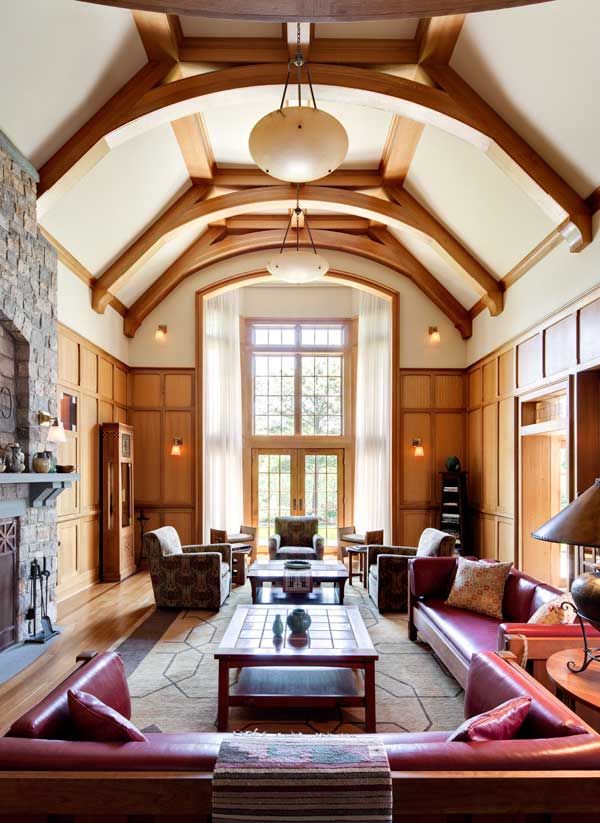
See all souvenirs
Historical forms of organizing the training of masters of Russian folk arts and crafts0001
sent to similar situations in the course of studying at a university, then in his further professional activity, he cannot do without serious psychological injuries and material losses [5, p. 119 - 120].
Thus, by means of computer graphics, it is possible to successfully solve the problems of developing the creative component of education in the system of higher education in the direction of training arts and crafts and folk crafts.
Bibliography
1. Khvorostov D.A. The system of professional training of students of art and graphic faculties for project activities based on computer technology (for the direction of training "Interior Art" and "Environmental Design"). Dissertation of Doctor of Pedagogical Sciences. Eagle, 2007.
2. Serov P.E. Modern information and communication technologies in the educational and creative activities of students of art universities: educational reference and information materials. St. Petersburg: VSHNI (i), 2016.
St. Petersburg: VSHNI (i), 2016.
3. Aleksandrova N.M. Professional Pedagogy: Methodology and Teaching Theory: Proc. allowance for students ped. textbook institutions and scientific-ped. workers prof. education. St. Petersburg: Lyubavich, 2010.
4. Fedyushkina I.S. Embroidery: From a simple seam to a complex pattern. Moscow: Profizdat, 1996.
5. Khvorostov D.A. The system of professional training of students of art and graphic faculties for project activities based on computer technology (for the direction of training "Interior Art" and "Environmental Design"). Dissertation ... doctor of pedagogical sciences. Orel, 2007.
References
1. Hvorostov D.A. Sistema professional'noj podgotovki studentsov hudozhestvenno-graficheskih fakul'tetov k proektnoj deyatel'nosti na baze komp'yuternyh tehnologij (dlya napravleniya podgotovki "Iskusstvo inter'era" i "Dizajn sredy"). Dissertaciya doktora pedagogicheskih nauk. Orel, 2007.
2. Serov P.E. Sovremennye informacionnye i kommunikacionnye tehnologii v uchebno-tvorcheskoj deyatel'nosti studentsov hudozhestvennyh vuzov: uchebnye spravochno-informacionnye materialy. Sankt-Peterburg: VShNI (i), 2016.
Sankt-Peterburg: VShNI (i), 2016.
3. Aleksandrova N.M. Professional'naya pedagogika: metodologiya i teoriya obucheniya: ucheb. posobie dlya studentsov ped. ucheb. zavedenij i nauch.-ped. Rabotnikov prof. education. Sankt-Peterburg: Lyubavich, 2010.
4. Fedyushkina I.S. Vyshivka: Otprostogo shvak slozhnomu uzoru. Moscow: Profizdat, 1996.
5. Hvorostov D.A. Sistema professional'noj podgotovki studentsov hudozhestvenno-graficheskih fakul'tetov k proektnoj deyatel'nosti na baze komp'yuternyh tehnologij (dlya napravleniya podgotovki "Iskusstvo inter'era" i "Dizajn sredy"). Dissertaciya ... doktora pedagogicheskih nauk. Orel, 2007.
Received 06/06/17
Lebedev S.V., Doctor of Sciences (Pedagogy), Head of Department of Philosophy, Higher School of Folk Arts (Institute), (Saint
Petersburg, Russia), E-mail: [email protected]
HISTORICAL FORMS OF ORGANIZATION OF MASTERS' TRAINING OF RUSSIAN FOLK ARTS AND CRAFTS. The article discusses the distinctive features of economic and institutional peculiarities of the Russian folk traditional art, which is an integral part of artistic culture.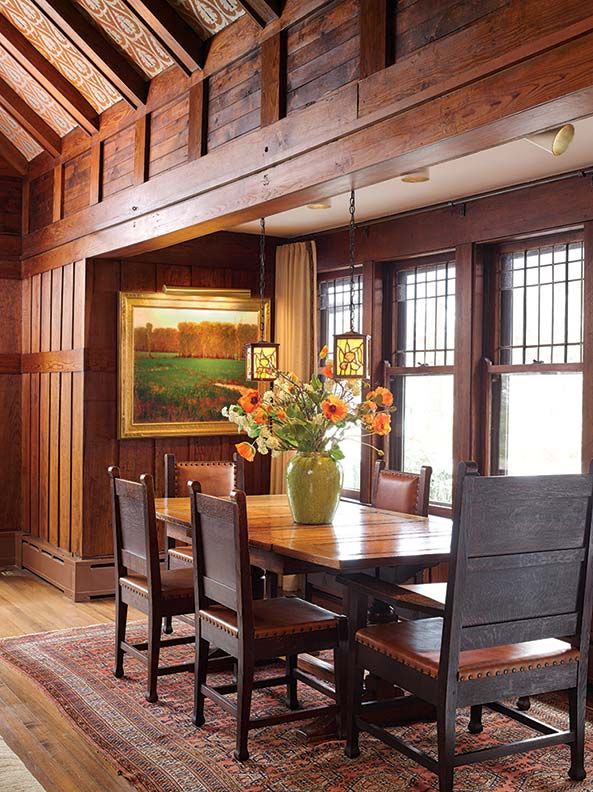 Works of traditional art reflect artistic traditions of the nation, worldview, world perception and artistic experience of the people, preserve historical memory. The distinctive features of folk arts and crafts are such characteristic tradition, collectivity, manual labor, working with natural materials. Russian folk art that emerges in ancient times, develops in the period of industrial development of Russia. In the 21st century, the traditional art acquires its special new features.
Works of traditional art reflect artistic traditions of the nation, worldview, world perception and artistic experience of the people, preserve historical memory. The distinctive features of folk arts and crafts are such characteristic tradition, collectivity, manual labor, working with natural materials. Russian folk art that emerges in ancient times, develops in the period of industrial development of Russia. In the 21st century, the traditional art acquires its special new features.
Key words: traditional crafts, arts and crafts, cottage industry, education of future artists.
S.V. Lebedev, doctor ped. sciences, head. cafe philosophy of the Higher School of Folk Arts (Institute),
St. Petersburg, E-mail: [email protected]
traditional art, which is an integral part of artistic culture. Works of traditional art reflect the artistic traditions of the nation, worldview, worldview and artistic experience of the people, preserve historical memory. Distinctive properties of folk art crafts are such characteristic features as traditionalism, collectivity, manual labor, work with natural material. Russian folk art, which took shape in time immemorial, also developed during the period of industrial development of Russia. In the 21st century, traditional art acquires its own special new features.
Russian folk art, which took shape in time immemorial, also developed during the period of industrial development of Russia. In the 21st century, traditional art acquires its own special new features.
Keywords: traditional applied arts, artistic crafts, handicraft industry, education of future artists.
Folk art is an integral part of artistic culture. Folk art is based on the artistic traditions of the ethnic group [1, p. 27-30; 2, p. 8], and therefore it would be fair to call it traditional as well. Basically, folk art is a part of arts and crafts. Works of traditional art reflect the artistic traditions of the nation, worldview, worldview and artistic experience of the people, preserve historical memory. Distinctive properties of folk art crafts are such characteristic features as traditionalism, collectivity, manual labor, work with natural material. According to the President of the Higher School of Folk Arts (Institute), Academician V.F. Maksimovich, “the basis and essence of each type of traditional applied art is manual labor and the conditions for creative success arising from this:0003
concentrated attention, perseverance, tension, endurance, passion for business, desire and ability to correct spoiled, incorrectly performed; search for the historical and theoretical basis or base of the centuries-old artistic heritage; fatigue and joy of seeing, doing one’s own work, and most importantly, that after all this there should be a desire to do this and nothing else again” [3, p.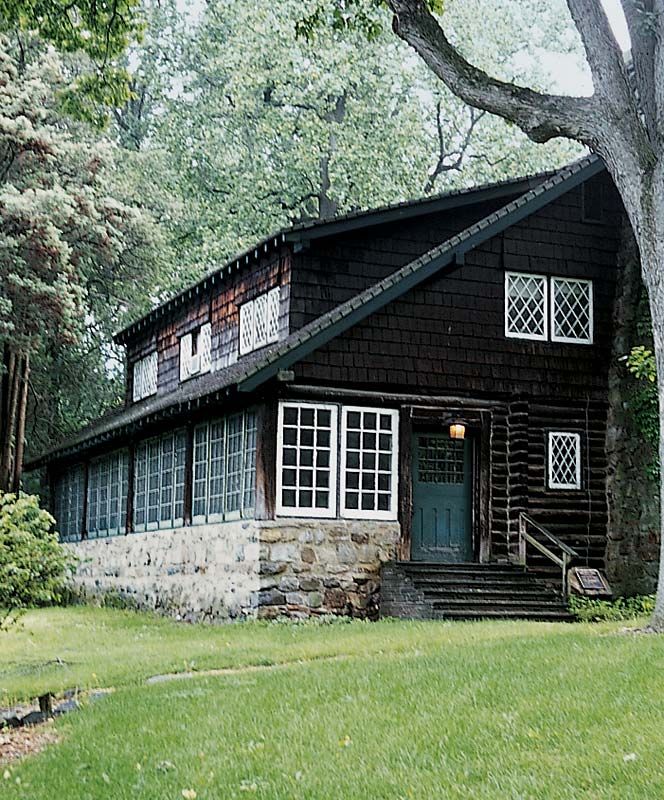 9].
9].
A characteristic feature of Russian traditional folk art is also its, so to speak, economic diversity and organizational complexity. Any production of material objects, including artistic ones, presupposes a certain organization of this production. In the applied arts throughout its history, three forms of production can be distinguished: handicraft, handicrafts and the art industry. between
these three forms do not (and hardly ever will) have a rigid boundary, they all smoothly merge into each other and coexist together. At the same time, each of the existing forms of production is distinguished by its system of personnel training.
Artistic craft - small individual manual production, organized on the basis of personal skill with the use of simple tools. Artistic craft - a way of socio-economic organization of the craft [4, p. 115117]. A characteristic feature of traditional applied art is its collective nature. According to M.A. Nekrasova, “each nation carries its own culture of poetically figurative and handicraft traditions.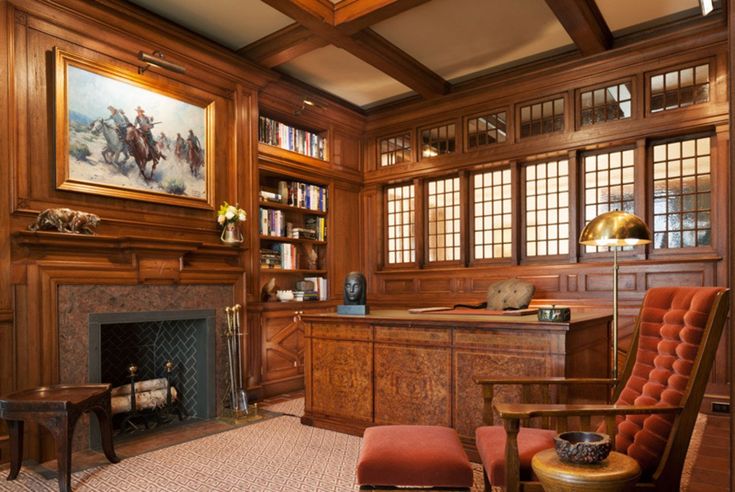 Passed down from generation to generation as a result of collective creativity, these traditions acquire stable expressive and emotional structures that pass through the centuries. With tradition in folk art, not only craftsmanship is transmitted, but also artistic principles, which are implemented in each time in their own way and carry their own national character” [5, p. 21, 136]. The training of artisans followed a centuries-old tradition - from father to son (or from master to apprentice).
Passed down from generation to generation as a result of collective creativity, these traditions acquire stable expressive and emotional structures that pass through the centuries. With tradition in folk art, not only craftsmanship is transmitted, but also artistic principles, which are implemented in each time in their own way and carry their own national character” [5, p. 21, 136]. The training of artisans followed a centuries-old tradition - from father to son (or from master to apprentice).
Opposite to the work of a lone artisan is the art industry. Although there is an opinion among artists that art ends where the factory begins, nevertheless, the products of this industry are artistic products, and, therefore, art without this industry is impossible to imagine.
In Russia, the development of the art industry (artistic processing of weapons, glass and jewelry production) began in the 17th century. In this century, the Kremlin palace workshops of the Gold and Silver Chambers and the state treasury - the Armory were created. After the transformations of Peter the Great, the production of new artistic products developed intensively: porcelain (Imperial Porcelain Factory in St. Petersburg), stone-cutting products (Peterhof Lapidary Factory, Demidov stone-cutting factories in the Urals and Altai), etc.
After the transformations of Peter the Great, the production of new artistic products developed intensively: porcelain (Imperial Porcelain Factory in St. Petersburg), stone-cutting products (Peterhof Lapidary Factory, Demidov stone-cutting factories in the Urals and Altai), etc.
The industrial revolution has led to the fact that industrial methods are gradually introduced into the most diverse branches of crafts, including art. In most Western countries, artistic handicraft production has gradually disappeared altogether as such. In Russia, the art industry mainly belonged to handicrafts, which produced the largest number of art products for mass demand. In addition, many large art and industrial enterprises, mainly owned by the treasury, widely involved in small-scale production the labor of home workers or individual craftsmen working under a contract.
After the revolution of 1917, art products experienced a significant impact from new artistic, as well as pseudo-artistic trends. Only from the end of the 1930s, especially after the victory of 1945, did the art industry of the USSR really begin to develop taking into account Russian national artistic traditions.
Only from the end of the 1930s, especially after the victory of 1945, did the art industry of the USSR really begin to develop taking into account Russian national artistic traditions.
The nationalization of arts and crafts and the coercive cooperation of artists caused enormous damage to the art industry in Russia, but still it was not destroyed. Moreover, many new types of art industry gradually developed - the production of art glass, art metal products, jewelry production, a revival of the art of mosaics, etc. industry of the USSR
By the end of the Soviet era, among the most important enterprises of the domestic art industry were such world-famous enterprises as: Porcelain Factory. M.V. Lomonosov in Leningrad, Dulevo Porcelain Factory, Dmitrovsky Porcelain Factory, Konakovo Faience Factory, Gusev Crystal Factory, Dyatkovo Crystal Factory, Leningrad Art Glass Factory, Lyubertsy Carpet Factory, Krasnoselsk Jewelry Factory, Kolyvan Stone-Cutting Factory named after I. I. Polzunov, the Yekaterinburg plant "Russian Gems", the Peterhof Jewelry Factory, the Zlatoust Arms Factory and a number of other enterprises.
I. Polzunov, the Yekaterinburg plant "Russian Gems", the Peterhof Jewelry Factory, the Zlatoust Arms Factory and a number of other enterprises.
The training of future artistic engineers was the same as the training of personnel for all types of industry -
through the system of secondary and higher technical schools and institutes.
But when it comes to artistic crafts, quite often these forms are intertwined. In Russia, traditional applied art had the peculiarity that, to a large extent, it was an artistic part of handicrafts.
Handicrafts (handicraft industry) - the name of small-scale production in Russia. At present, the very concepts of "handicraft" and "handicraft industry" are considered obsolete, although the socio-economic and cultural conditions of handicraft production remain largely the same. Handicrafts differ from handicrafts in mass character - not one master works, but a whole village, or even entire counties. That is why the name of the crafts always specifically indicates the name of the place where the handicraftsmen live and work - Palekh miniature, Rostov enamel, Vologda lace, Tula samovars, etc. At the same time, craftsmen are united in an artel. The home-based nature of production, the small-scale production, distinguish handicrafts from industrial production.
At the same time, craftsmen are united in an artel. The home-based nature of production, the small-scale production, distinguish handicrafts from industrial production.
Throughout its long history, handicraft industry has manifested itself as a special Russian form of economic organization, the production of which was based primarily on ethical, and only then on economic motives. World experience in the development of the economy shows that the moral content is preserved, first of all, by economic forms based on historical national traditions. Each qualitative leap in reaching a new stage of development was achieved in Japan [6], (as well as in South Korea, Taiwan, Singapore) on the basis of updating traditions.
Handicrafts have developed since the era of the settlement of Slavic farmers in the East European Plain. In the conditions of the constant need of the agricultural economy for handicrafts, and the emerging cities, monasteries and state structures for a fairly mass production of weapons, a special kind of handicraft production, different from the traditional craft, could not but develop. In the marginal regions of Russia, handicrafts have become a very significant help in peasant life. It is no coincidence that the level of handicraft production was incomparably higher in the Russian North, in the region near Moscow, in villages, cities and monasteries standing on major trade routes than in “purely” agricultural areas [7, p. 44 - 78].
In the marginal regions of Russia, handicrafts have become a very significant help in peasant life. It is no coincidence that the level of handicraft production was incomparably higher in the Russian North, in the region near Moscow, in villages, cities and monasteries standing on major trade routes than in “purely” agricultural areas [7, p. 44 - 78].
Western economic science proceeded from the premise that handicraft production is evidence of economic backwardness and will certainly disappear under the onslaught of "progress", which meant the development of large-scale machine industry. The handicraftsmen will have to be completely ruined and join the ranks of the proletariat. The development of a large-scale factory industry in the 19th and early 20th centuries, contrary to the opinions of economists, in many respects only contributed to the rise of handicraft industry. Both the factory and the handicraftsmen complemented each other perfectly. Handicraftsmen could produce exclusive products on an individual order, which was unprofitable for large factories, handicrafts made by hand were still superior in quality to factory products.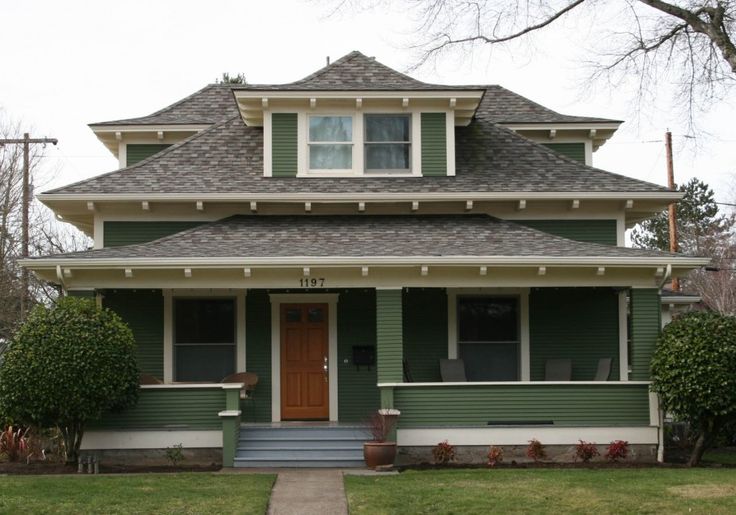
Handicrafts, whose products demanded an individual approach and did not tolerate stereotyped execution (although almost all artistic crafts belong to such), turned out to be in an advantageous position. Their prosperity depended on the craftsmanship and ingenuity of the producer. Enterprises in these industries were not afraid of competition from mass factory production. Products of this profile have always had a stable domestic market and were successfully exported.
The number of people employed in the handicraft industry in Russia at the beginning of the 20th century reached 8-10 million people [7, p. eight]. In the general industrial production of Russia, the handicraft sector accounted for up to 1/3 of the gross product.
How did the handicraftsmen prepare their shift? What did the training of future masters of artistic crafts look like? In training, there was also an overflow of various organizational forms. At the turn of the 19th - 20th centuries, a system of vocational training for handicraftsmen emerged.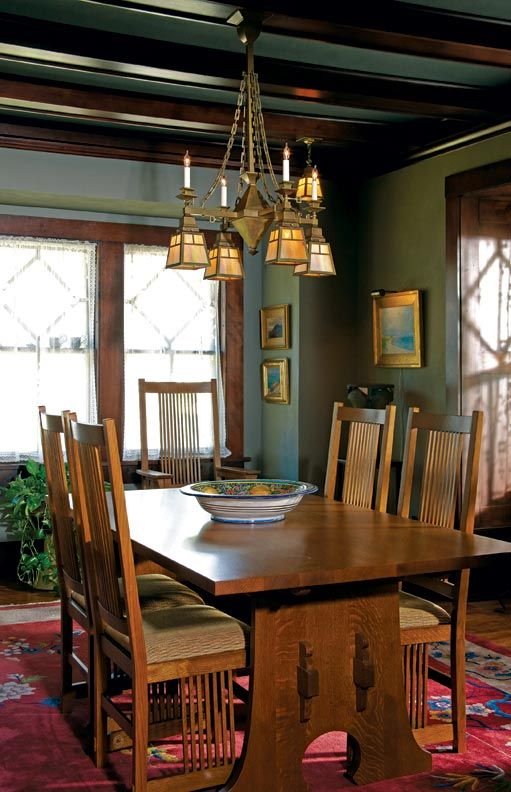 If earlier education went from father to son, now vocational schools began to be created. In total, by the end of the 19th century, there were about 30 vocational schools in Russia. They were opened by the state, zemstvos, private individuals. So, in 1883, the Mariinsky practical school was opened in St. Petersburg.0003
If earlier education went from father to son, now vocational schools began to be created. In total, by the end of the 19th century, there were about 30 vocational schools in Russia. They were opened by the state, zemstvos, private individuals. So, in 1883, the Mariinsky practical school was opened in St. Petersburg.0003
la lacemakers. Only in the first six years of work, she has released more than 30 trained craftswomen from different localities of the country. In total, over the 30 years of its existence (1883-1913), 233 people were accepted, which, together with the number of boarders, amounted to 939 people who used school education, teaching aids, materials, supplies and tools [8]. But if the Mariinsky School existed on public funds, then most of the educational institutions that trained future masters of art crafts were financed by local zemstvos and private benefactors. As a rule, the founders and leaders of arts and crafts schools financed them themselves. Thus, at the turn of the 19th-20th centuries, the Kukarskaya school of lacemakers was created by order of the Provincial Zemstvo Council Anastasia Grigorievna Afanasyeva, the wife of a local zemstvo doctor in the Kukarka settlement, who led the school for 10 years (1894-1904), investing their own funds in its development.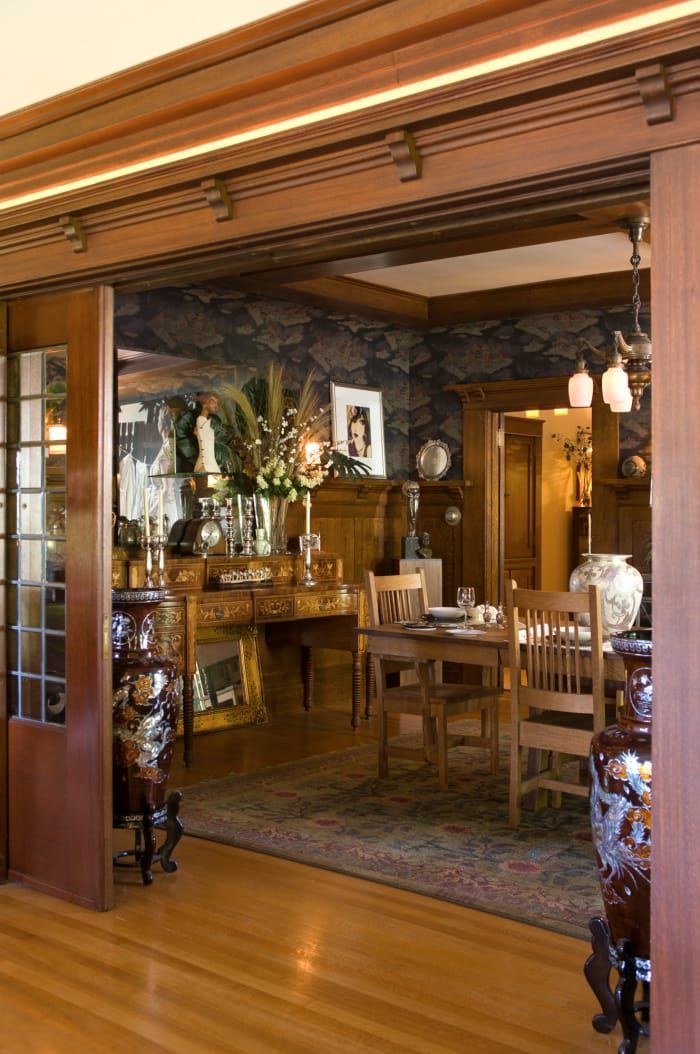
At the initiative of the artist, graduate of the Academy of Arts N.N. Kharlamov, an art school was opened in Kholui. Since 1892, Kharlamov began to work in the ancient icon-painting village of Kholui, where he took the place of the head and teacher of the Kholuy icon-painting school. Nikolai Nikolaevich actively took up the improvement of the entire educational process. The curriculum has expanded significantly. The school began to teach perspective, anatomy, iconography. The development was also facilitated by the assistance provided by the Academy of Arts. The vice-president of the Academy, Count Ivan Ivanovich Tolstoy, became an honorary trustee of the school. Visual aids, literature, plaster sculptures were repeatedly sent from St. Petersburg. Additional funds helped build and equip workshops. Works of students of the Kholuy school in 1896 year successfully exhibited at the All-Russian exhibition in Nizhny Novgorod.
Thus, the educational institutions in which future artists were trained belonged to both state institutions, and private, and zemstvo, and church ones. But most often, as we see, there was an interweaving of forms of ownership.
But most often, as we see, there was an interweaving of forms of ownership.
The First World War and the Civil War, which hit primarily complex economic structures, led to a noticeable increase in the role of the handicraft sector in the country's general industrial production (up to 40% or more in 1923 - 24 years). Many icon painters left without work in Palekh joined the art artel created in 1924 [9]. The same artels arose in almost all art crafts.
Early 1930s handicraftsmen were co-operated in trade cooperation. Even under conditions of industrialization, Soviet leaders kept handicrafts (usually combined with industrial cooperation) as one of the sectors of the economy. Thanks to state support in the Soviet period of history, not only some old art crafts developed, but also some new ones developed. Almost all artists of traditional applied arts were members of artistic artels.
At the end of the 50s. under Khrushchev, artistic artels, like all industrial cooperation, were liquidated. For folk crafts, this was a serious blow. The nationalization of folk crafts led to the fact that now they had to produce their products according to the targets set by officials, most of whom were completely ignorant of art.
For folk crafts, this was a serious blow. The nationalization of folk crafts led to the fact that now they had to produce their products according to the targets set by officials, most of whom were completely ignorant of art.
Bibliographic list
For the 60s - 80s. In the 20th century, the concepts of “handicraft industry” and “handicraft” have practically disappeared. After the collapse of the USSR, in the conditions of a comprehensive crisis, there was a certain revival of the handicraft industry (without using this term). Many artels and enterprises have actually turned into handicraftsmen.
The collapse of the country and the "market reforms" of the 90s. heavily affected the art industry. Some enterprises of the art industry went bankrupt and closed, only a few were in demand and even began to flourish. The majority of enterprises in the art industry, with incredible difficulties, nevertheless managed to maintain and renew their production of artistic products.
At the beginning of the 21st century, new artists and masters appeared in Russian art, and young and non-standard-minded leaders appeared in the leadership of some industrial enterprises. The development of the education system for future artists of traditional applied art in modern Russia allows us to hope that the Russian art industry will conquer the world with its achievements more than once. The emergence of new materials, for example, types of textiles that did not exist before and new types of dyes, provide unique opportunities in the field of textile painting. The development of 3D technology provides new opportunities in the jewelry industry, when a master using a computer can present a three-dimensional image of a future product. Even in such truly traditional forms of art that have existed since the Paleolithic as ceramics and bone carving, the introduction of new tools provides new opportunities for the development of these types of creativity. The development of technology brings its innovations to the organization of traditional applied arts.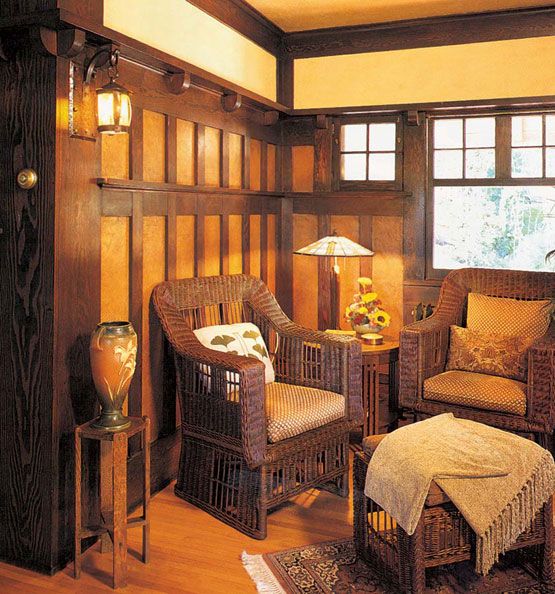 In addition to individually working craftsmen, in fact, under the new conditions, artistic handicrafts were revived (with the word “handicraftsman” being completely forgotten). Finally, the art industry is acquiring new features. Once again, there is a multiformity (at a completely different level than a century ago) of artistic production. Accordingly, new forms of educational institutions are emerging that train artists of traditional applied art.
In addition to individually working craftsmen, in fact, under the new conditions, artistic handicrafts were revived (with the word “handicraftsman” being completely forgotten). Finally, the art industry is acquiring new features. Once again, there is a multiformity (at a completely different level than a century ago) of artistic production. Accordingly, new forms of educational institutions are emerging that train artists of traditional applied art.
In order for national art to go beyond the restoration of old techniques and products, artists need higher education. For thousands of years, traditional art has been based on the practical experience of masters, based on the examples of their ancestors. But in our time, an artist who wants to create masterpieces must possess all the artistic experience of mankind and especially his people. A considerable help for the further development of Russian art crafts was the opening in 2003 in St. Petersburg of the Higher School of Folk Arts - a state higher educational institution. Vologda lace makers, Kholmogory bone cutters, workshops and kholuy miniaturists, and representatives of other folk arts who are graduating at the Higher School of Folk Arts will undoubtedly amaze the world with their artistic achievements. Thus, at present, the diversity in Russian traditional art is being revived with new forms of training future masters, in which the Higher School of Folk Arts plays the main role. This is what artists, teachers of educational institutions and organizers of educational activities in Russia should take into account.
Vologda lace makers, Kholmogory bone cutters, workshops and kholuy miniaturists, and representatives of other folk arts who are graduating at the Higher School of Folk Arts will undoubtedly amaze the world with their artistic achievements. Thus, at present, the diversity in Russian traditional art is being revived with new forms of training future masters, in which the Higher School of Folk Arts plays the main role. This is what artists, teachers of educational institutions and organizers of educational activities in Russia should take into account.
All this allows us to look with optimism at the prospects for the development of traditional applied art in Russia.
1. Vasilenko V.M. Russian applied art. Origins and formation. Moscow: Art, 1977.
2. Rybakov B. A. Russian applied art of the X-XIII centuries. Leningrad, 1971.
3. Maksimovich V.F. The folk art of Russia is a national fact. Traditional Applied Arts and Education: Proceedings of the XIV International Scientific and Practical Conference, December 2008 Moscow: ITPI, 2008.
4. Mamontova N.N. Features of the development of folk crafts and crafts in Russia XVIII - early XX. Folk art of Russia: tradition and style. Proceedings of GIM. Moscow, 1995; Issue. 86.
5. Nekrasova M.A. Problems of folk art. Moscow: Visual Arts, 1982.
6. Molodyakov V.E. The Conservative Revolution in Japan: Ideology and Politics. Moscow, 1999.
7. Vorontsov V.P. Essays on handicraft industry in Russia. St. Petersburg, 1886.
8. A brief outline of the activities under the August patronage of Her Imperial Majesty Empress Maria Feodorovna of the Mariinsky Practical School of Lacemakers 1883-1913 years Available at: http://www.booksite.ru/ fulltext/mari/inka/
9. Bakushinsky A.V. Art of Palekh. Moscow-Leningrad: Academia, 1934.
References
1. Vasilenko V.M. Russian prikladnoe iskusstvo. Istokii stanovlenie. Moscow: Iskusstvo, 1977.
2. Rybakov B. A. Russkoe prikladnoe iskusstvo X-XIII vekov. Leningrad, 1971.
3.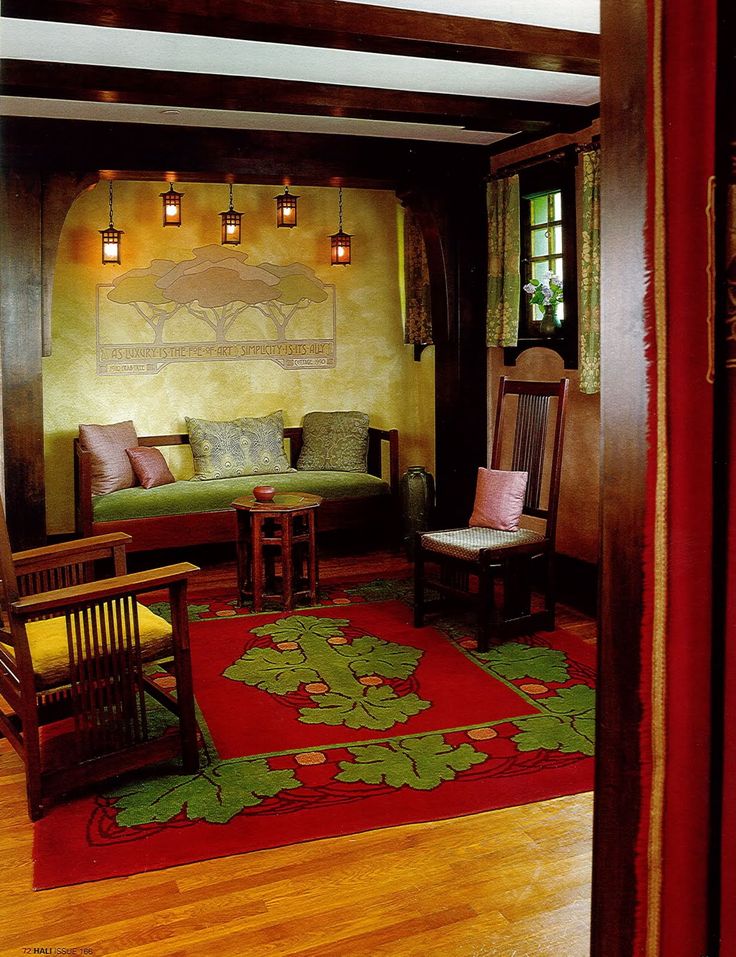 Maksimovich V.F. Narodnoe iskusstvo Rossii - 'eto nacional'nyj fact. Tradicionnoe prikladnoe iskusstvo i obrazovanie: materialy XIV Mezh-dunarodnoj nauchno-prakticheskoj konferencii, dekabr' 2008 Moscow: ITPI, 2008.
Maksimovich V.F. Narodnoe iskusstvo Rossii - 'eto nacional'nyj fact. Tradicionnoe prikladnoe iskusstvo i obrazovanie: materialy XIV Mezh-dunarodnoj nauchno-prakticheskoj konferencii, dekabr' 2008 Moscow: ITPI, 2008.
4. Mamontova N.N. Osobennosti razvitiya narodnyh remesel i promyslov Rossii XVIII - nachala XX. Narodnoe iskusstvo Rossii: tradiciya istil'. Trudy GIMa. Moscow, 1995; Vyp. 86.
5. Nekrasova M.A. Problemy folk iskusstva. Moscow: Izobrazitel'noe iskusstvo, 1982.
6. Molodyakov V.'E. Konservativnaya revolyuciya v Yaponii: ideologiya ipolitika. Moskva, 1999.
7. Voroncov V.P. Ocherki kustarnojpromyshlennosti vRossii. St. Petersburg, 1886.
8. Kratkij ocherk deyatel'nosti, sostoyaschej pod Avgustejshim pokrovitel'stvom Ee Imperatorskogo Velichestva Gosudaryni Imperatricy Marii Feodorovny Mariinskoj prakticheskoj shkoly kruzhevnic 1883-1913 gg. Available at: http://www.booksite.ru/fulltext/mari/inka/
9. Bakushinskij A.V. Iskusstvo Paleha. Moscow-Leningrad: Academia, 1934.
Moscow-Leningrad: Academia, 1934.
Received 07.07.17
Nikitin Z.N., postgraduate, High School of Folk Arts (institute) (St. Petersburg, Russia), E-mail: vshni@ mail.ru
THE ACADEMIC DISCIPLINE "ETHNOPEDAGOGY" AS A DEFINING COMPONENT OF SPECIALISTS' TRAINING IN THE FIELD OF FOLK ART. The article analyzes the place and role of the discipline "Ethnopedagogy" in the process of training on the basis of professional educational program of "Folk Art". With the introduction of the designated course, the author relates the possibility of adjusting the content of existing programs invariant of a mandatory part. Discipline is positioned as a system - an integrated structural-functional model of teaching of specialists of folk art in secondary vocational education. The implementation of the presented model will allow to develop a different approach to programming, methods and curriculum, but also to form a new group of abilities and skills of future specialists - a social group.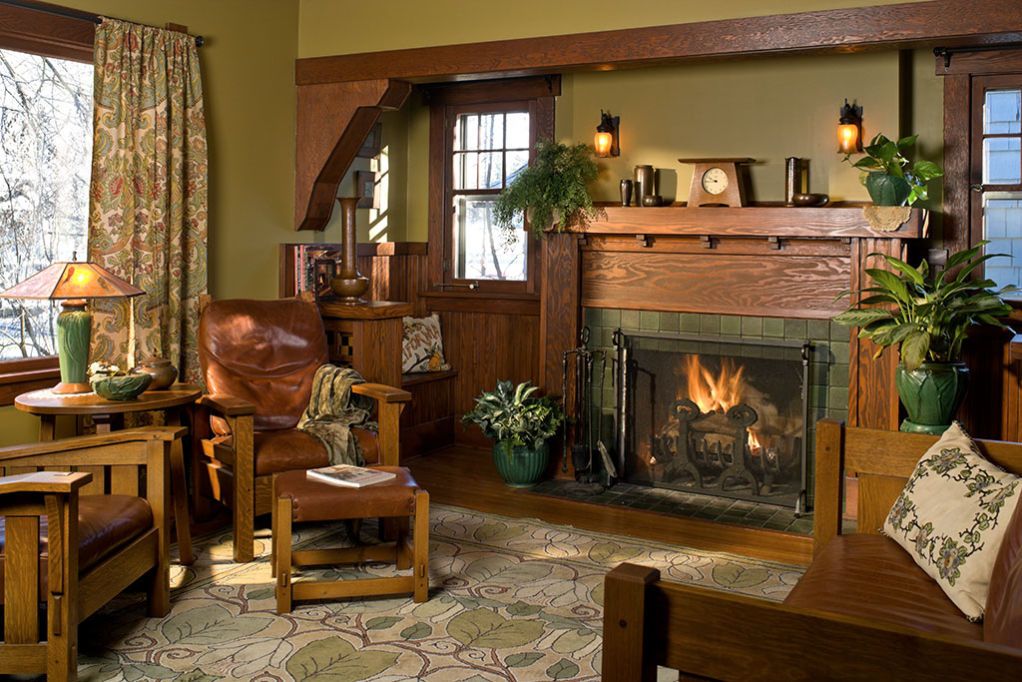 The study also presents the principles that will create organizational-pedagogical conditions necessary for the realization of the action model.
The study also presents the principles that will create organizational-pedagogical conditions necessary for the realization of the action model.
Key words: ethnopedagogy, professional education, federal state educational standards, folk arts.
Z.N. Nikitin, post-graduate student of the Higher School of Folk Arts (Institute), St. Petersburg. E-mail: [email protected]
EDUCATIONAL DISCIPLINE "ETHNOPEDAGOGY" AS A DETERMINING COMPONENT OF TRAINING SPECIALISTS IN THE FIELD OF FOLK ART CREATIVITY
". With the introduction of the indicated course, the author connects the possibility of adjusting the content of already existing programs of the invariant mandatory part. The discipline is positioned as a system-forming core of a complex structural and functional model of the content of training specialists in folk art in the system of secondary vocational education. The implementation of the presented model will make it possible to develop a different approach to the development of programs, methodological support and curriculum, but also to form a new group of skills and abilities of future specialists - social.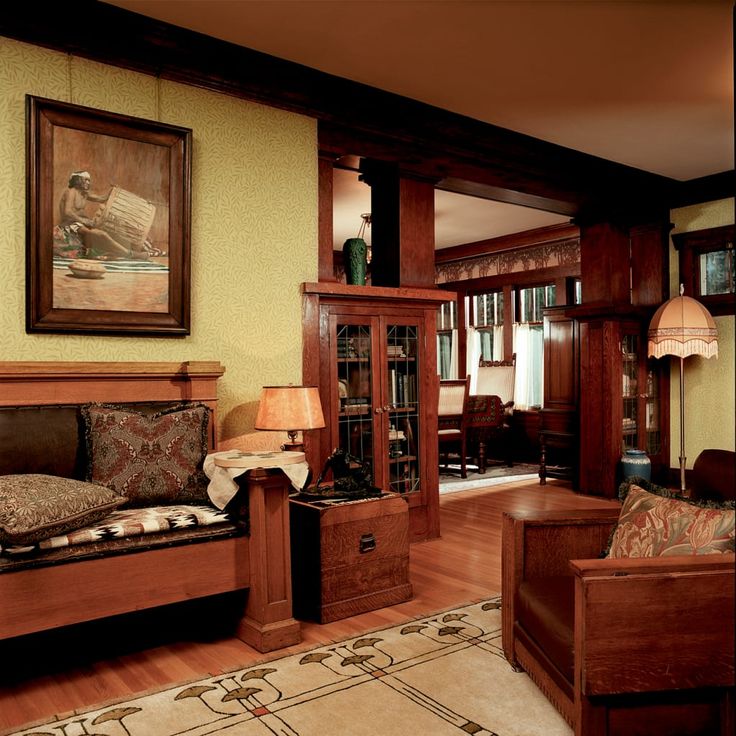 The study also presents the principles, taking into account which the organizational and pedagogical conditions necessary for the implementation of the model will be created.
The study also presents the principles, taking into account which the organizational and pedagogical conditions necessary for the implementation of the model will be created.
Key words: ethnopedagogy, vocational education, federal state educational standards, folk art.
College of Culture and Art of the Republic of Sakha (Yakutia) in 2013 passed the procedure of professional and public accreditation of the main professional educational program "Folk Artistic Creativity". Representatives of cultural and art institutions located in the Uluses of the Republic took an active part in the accreditation procedure as experts. The results obtained made it possible to obtain not only a positive assessment of the activities of the college, but also to identify quite serious problems. Most of them are connected with the need to adjust the professional training of future specialists for educational institutions, institutions of culture and art. Practice has shown that young specialists in Uluses adapt faster and achieve professional success in the shortest possible time if they have the knowledge to preserve and increase folk traditions, study the history of the people, their beliefs, rituals and much more.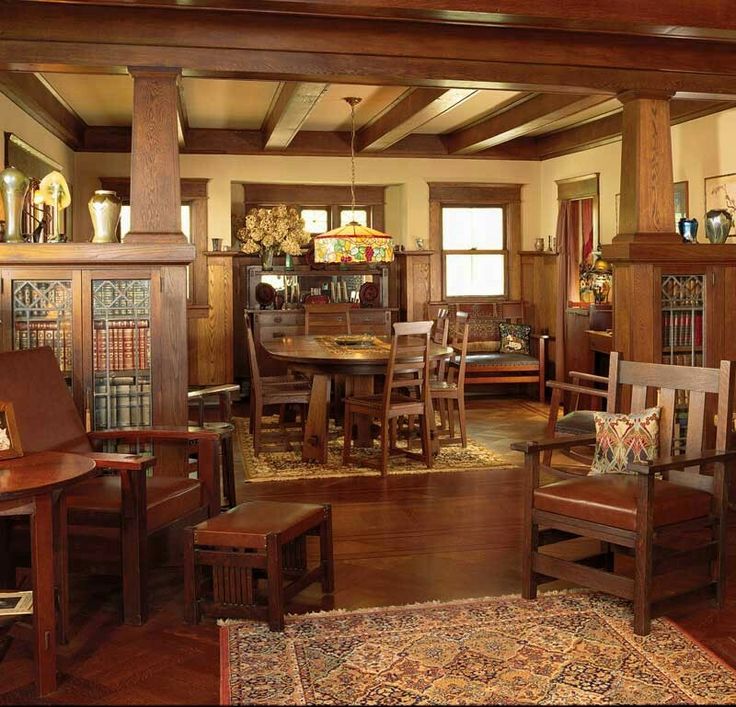
To a certain extent, this problem is solved through the development and inclusion in the main professional educational program of the discipline "Ethnopedagogy". This academic subject can fulfill a fairly significant semantic professional load [1, p. 12].
With the introduction of the discipline "Ethnopedagogy" into the learning process, it becomes possible not only to develop new programs in terms of content, but also to change the content of the programs of the invariant mandatory part. These programs include: Fundamentals of Philosophy, History, Fundamentals of Ethnography, Culture of Speech, History of Art, Fundamentals of Ethnography and others. Total
12 programs are implemented in this part of the standard. As a supplement to the programs of the invariant part, training courses have been developed: Fundamentals of Archeology, Folk Pedagogy, Geography, Theater Pedagogy, Folk Crafts and others [2, p. fifteen].
The academic discipline "Ethnopedagogy" performs the function of a system-forming core of a complex structural and functional model of the content of training specialists in folk art.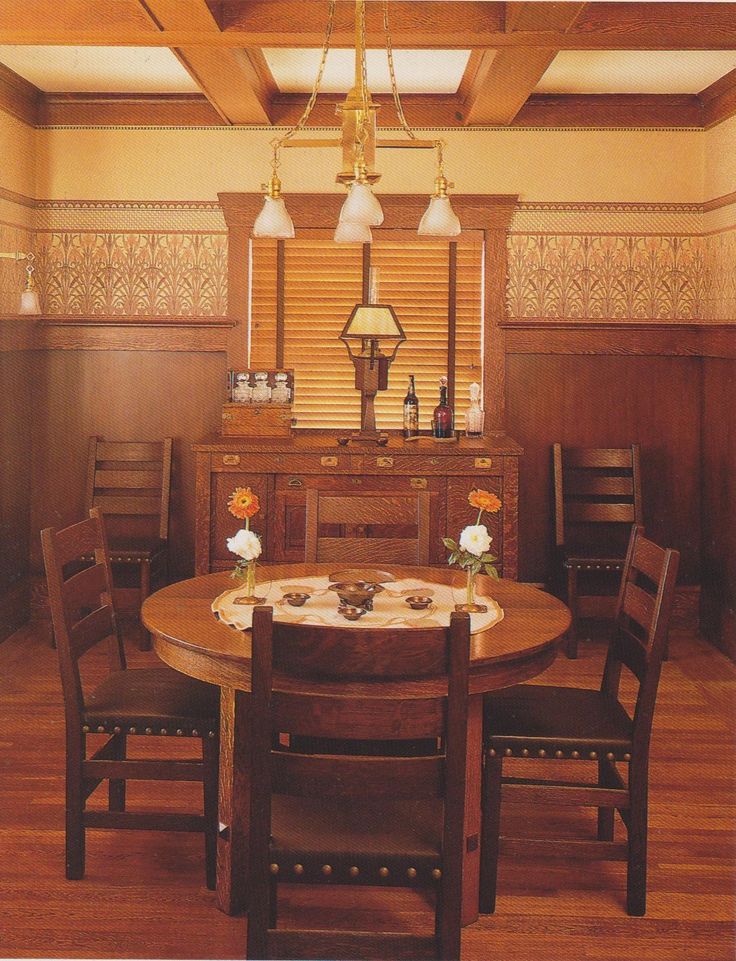 The proposed college of culture and art of the Republic of Sakha (Yakutia) can significantly improve the quality of training of national personnel.
The proposed college of culture and art of the Republic of Sakha (Yakutia) can significantly improve the quality of training of national personnel.
As shown in the diagram (Fig. 1), the model of the content of training specialists in folk art is, first of all, a multifunctional complex. The complex presents a new structure for the implementation of the federal state standard of secondary vocational education 52.02.01. "Folk Art". The new format presents the logistics of organizing work on the implementation of the educational standard.
The proposed model contains an educational core, the basis for the implementation of FSES SPO 52.02.01. Folk art. This function is performed by the academic discipline from the variable part of the OPOP "Ethnopedagogy". The reason for this is that the proposed structural model implies a new scheme, different from the normative one, for the development of the main professional educational program. This scheme provides initially for the development of academic disciplines, educational and methodological support within the framework of the BRI.